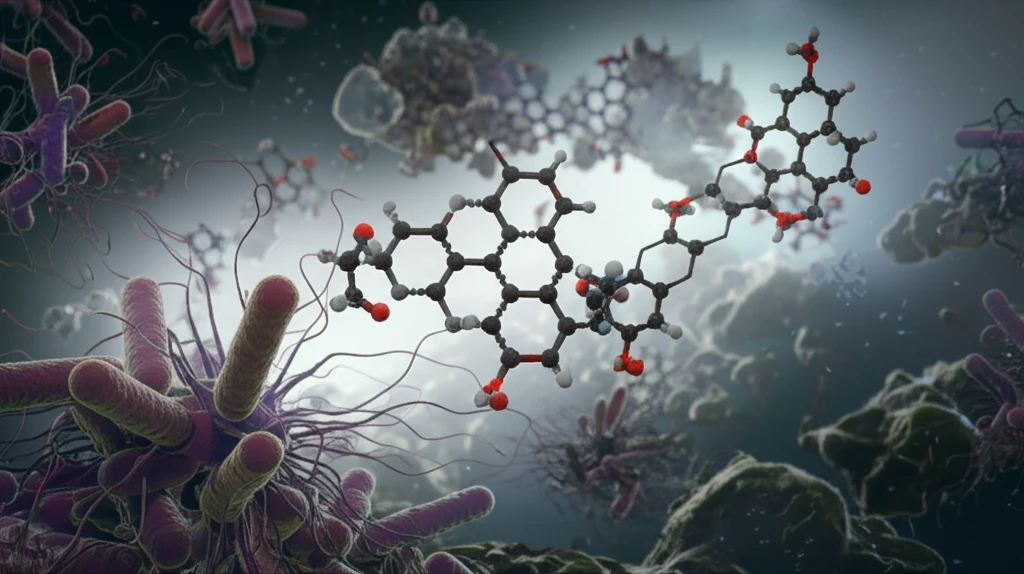
Could These New Compounds Be The Future of Eco-Friendly Antimicrobials?
"Research explores the potential of pyrazolopyridines as environmentally safe antibacterial and antifungal agents."
In a world increasingly concerned with environmental safety and the rise of drug-resistant microbes, the quest for new, eco-friendly antimicrobial agents is more critical than ever. Traditional methods of combating bacterial and fungal infections often involve harsh chemicals that can harm the environment and contribute to the development of resistant strains. This has prompted researchers to explore alternative compounds that are both effective and environmentally benign.
One promising area of research focuses on pyrazolopyridines, a class of heterocyclic compounds with a wide range of biological activities. These compounds have garnered attention for their potential as antibacterial, antifungal, and antitumor agents. Unlike many conventional antimicrobials, pyrazolopyridines offer the possibility of targeted action with reduced environmental impact.
A recent study published in the Journal of Bacteriology and Parasitology delves into the synthesis and biological behavior of pyrazolo[5,4-b]pyridines. The study introduces an efficient method for synthesizing these compounds using vinamidinium salts, and it assesses their antibacterial and antifungal properties. The findings suggest that pyrazolopyridines could play a significant role in protecting our environment from harmful microorganisms.
What Are Pyrazolopyridines and Why Are They Important?

Pyrazolopyridines are a class of organic compounds characterized by a fused pyrazole and pyridine ring system. These structures, known as heterocycles, are common in pharmaceuticals due to their versatile chemical properties and biological activities. Researchers are exploring pyrazolopyridines due to their potential to act as antiviral, anti-inflammatory, and antimicrobial agents.
- Antibacterial Resistance: Common antibiotics are becoming less effective, increasing the need for new antibacterial agents.
- Environmental Impact: Many traditional antimicrobials are harmful to the environment.
- Versatile Applications: Pyrazolopyridines can be used in medicine, agriculture, and environmental protection.
The Future of Pyrazolopyridines
The study's findings indicate that pyrazolopyridines hold significant promise as environmentally friendly antimicrobial agents. While further research is needed to fully understand their safety and efficacy, these compounds could pave the way for new strategies in combating drug-resistant microbes and protecting our environment. With ongoing exploration and refinement, pyrazolopyridines may represent a crucial step forward in sustainable antimicrobial solutions.
